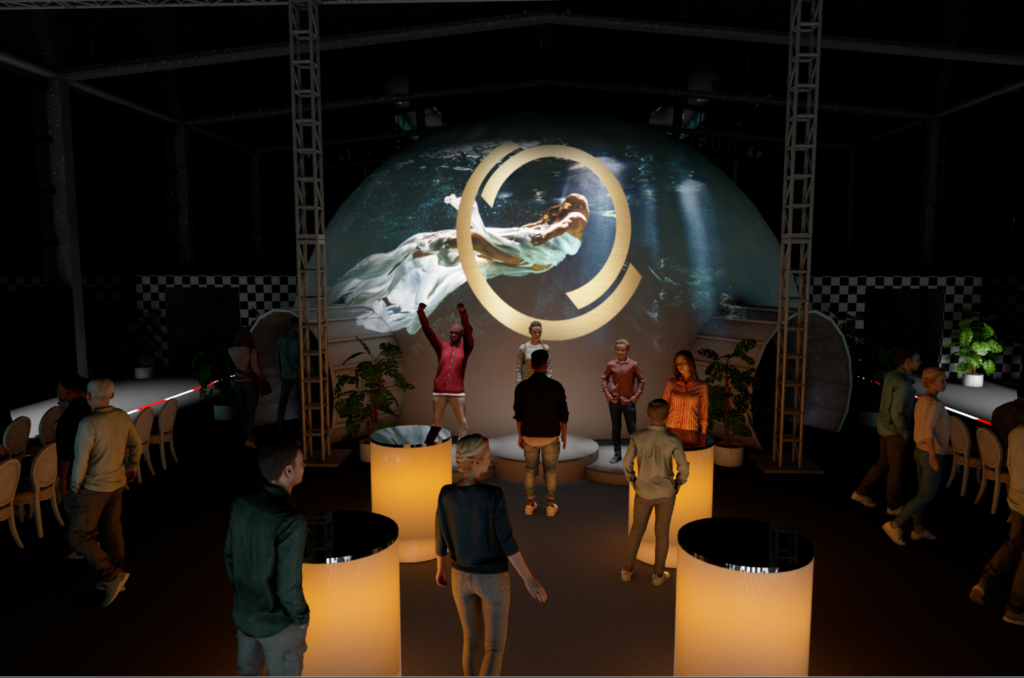
Transform your engagement with Amore360
Project: Phoenix Domeplex Architectural Render











Client: Future Oceans International
In partnership with Future Oceans International, an ocean conservation organization based in Canada, Amore360 planned, budgeted, and modeled this combined dome and fashion show inside a glass building at a marina in Ft. Lauderdale.

In an era where technology continuously reshapes our lives, the means of engagement are undergoing significant transformations. Immersive technologies, once a figment of science fiction, are now at the forefront of this immersive revolution, offering experiences that are not just innovative but deeply engaging.
To ‘transform’ immersively means to change deeply in a fundamental way, making engagement more effective, accessible, and educational.
‘Immersive’, in this context, refers to technologies and methodologies that fully engage the learner’s senses, often using tools like virtual reality (VR), augmented reality (AR), and mixed reality (MR).
Consider the example of a history class where students, instead of merely reading about ancient civilizations, use VR to walk through reconstructed cities, interacting with the environment and learning in a more tangible way. Similarly, medical students are using AR to practice surgeries in a risk-free, realistic environment, drastically enhancing their learning experience.
The benefits of immersive are manifold. It enhances engagement, improves retention rates, and provides learners and explorers with a safe environment to practice and experiment. However, challenges persist, including the high cost of technology, the need for specialized training for those new to the tech, and potential over-reliance on solutions that could be accomplished more elegantly.
Looking forward, immersive technologies for engagement are poised for significant growth. The integration of AI with VR and AR will likely lead to more personalized learning experiences. Moreover, as technology becomes more affordable and accessible, immersive learning could become a standard in classrooms worldwide.
Immersive technologies have the power to transform engagement, making more effective and personalized experiences. As we navigate this exciting era of media advancement, it is vital to balance the allure of these tools with a thoughtful approach to their implementation.